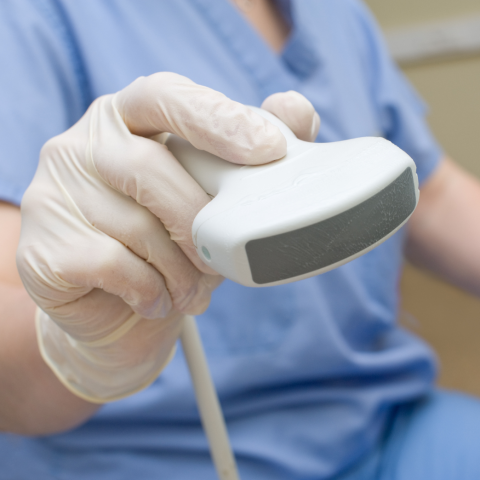
Vascular disease can impact anyone, and people often begin their care journey at different points. Some may notice symptoms and visit their primary care provider (PCP), while others might seek help directly from a vascular surgeon or after an emergency room visit. No matter where you start, the goal is to diagnose, manage, and treat vascular conditions effectively.
If you begin with your PCP, they will conduct an initial evaluation, which may involve examining your legs and feet, checking blood flow, and discussing your symptoms. They might refer you to a vascular surgeon for specialized care. Vascular surgeons can perform all tests and procedures to diagnose and treat your condition.
In some cases, your first encounter with vascular care may happen in the ER, due to conditions or complications from Peripheral Artery Disease (PAD), Deep Vein Thrombosis (DVT), stroke, or an Abdominal Aortic Aneurysm (AAA). In these situations, the ER team may consult with a vascular surgeon or refer you to other providers, including interventional cardiologists and radiologists.
You can also seek out a vascular surgeon on your own. Vascular surgeons can assess and diagnose your condition(s) and help determine the correct course of action. This could include medication and/or medical management (exercise/diet adjustments) and if necessary, perform both minimally invasive procedures and complex surgeries to restore proper blood flow, reduce risk, and help you manage chronic conditions.
No matter where your journey begins, early detection and the right care team are crucial so you can manage your condition, prevent further complications, and protect your long-term health.


